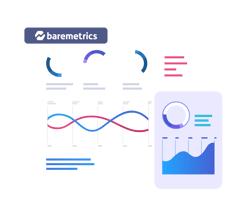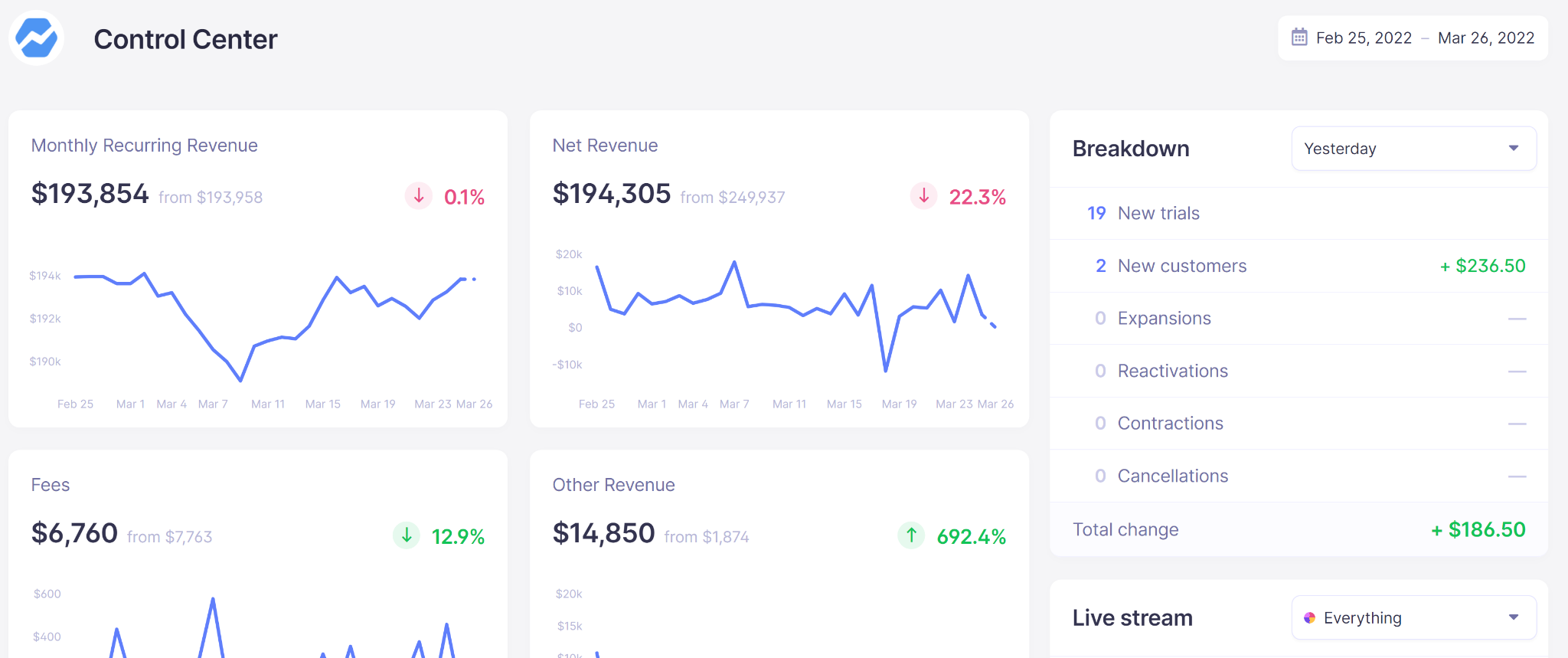Table of Contents

What do most first-time founders have in common?
It has nothing to do with background, age, or business interests. Rather, it’s the mistakes they make in their first SaaS business.
Luckily, we can avoid making the same mistakes by asking just a few crucial questions right from the start. This article will cover these questions, as well as other things to keep in mind while growing a SaaS business.
What service can I provide my customers that they can’t get anywhere else?
Why do such a high percentage of SaaS start-ups fail?
One of the main reasons is that many first-time founders create solutions in search of a problem. The demand for that particular service simply does not currently exist.
That doesn’t mean that the demand will never exist. In some cases such as the smartphone, invention preceded demand. Once customers understood the product, demand boomed and that market corner actually became extremely lucrative.
The issue with developing a new product category, however, is that it requires a long and expensive period of customer education.
Most SaaS companies cannot afford to be pioneers.
The best way to get bootstrapped quickly is to understand what gaps currently exist in the market, and develop products specifically to fill them.
Here are key points to keep in mind for exploiting a gap in the market:
- Product/market fit isn’t exclusively about having a good idea.it’s about developing a solution that solves a pressing issue for your target customers. The quicker your customers can grasp the need for your solution and understand how to use it, the less time and money you’ll need to spend on customer acquisition and education.
- A product that can fit easily into your customers’ current life has better chances of succeeding quickly than a product that requires significant changes to their workflow. Developing cross-app integration with services related to yours is extremely valuable for this reason.
- The larger the customer’s company is, the more resistant they tend to be when adopting new solutions.
- Company-wide software changes are resource-intensive, require staff training, and can lead to business down-time. The hurdle of convincing a large company to change customer relationship management software, for example, is far greater than getting a small start-up to do the same, because it requires more resources and entails greater risk.
- The higher up in the decision-making chain your contact at a company is, the better your chances are for making the sale.
- In many companies, internal politics are at play that have nothing directly to do with software at all. These could include long-standing business agreements, personal ties or other incentives between a business and their client company, or company values (e.g. a vegan company only working with other vegan companies).
- Product development is only one of the core elements of developing a SaaS business; no matter how good your solution is, you still need to direct a significant proportion of resources into marketing and sales.
- Research and development should focus highly on reducing bad friction for your customers, and making the use of your system as smooth as possible. Frequent customer feedback should be steering R&D from the ground up (see point 3 on customer support).
- Ad copy talking about customer needs is far more successful than listing product features. A convincing sales pitch talks about your customers, not about you.

![]()
All the data your SaaS business needs
Get deep insights into your company’s MRR, churn, and other vital metrics for your SaaS business.
What changes are happening in my market niche?
The SaaS industry is in constant flux.
While it’s only natural for your attention to be primarily on your own product, it’s important to look up periodically and watch what’s going on around you. You never want to be blindsided by the competition, or let yourself become overly vulnerable to sudden shifts in the market.
Taking note of what’s happening in your space allows you to adapt to changes while there’s still time.
Here are some signs of change to look out for in your market corner, and a few options on how to protect your growth:
- An existing SaaS company is launching a feature that competes with your product:
- Develop your product’s cross-app compatibility to make it as widely and easily usable as possible.
- Write targeted ad copy that emphasizes why your product is superior to the competition.
- Use testimonials and case studies of happy customers as marketing tools.
- A new competitor is entering your niche:
- Watch databases such as Crunchbase Pro for information on which companies have recently raised funds.
- Take a look at their price plans, and make sure you’re still offering good value for money.
- Use your experience, market seniority, and ties to the community to your advantage.
- New automation tools are threatening to make some of your features obsolete:
- Keep yourself up-to-date on the development of automation tools, and make sure you’re using them to your own advantage.
- Distinguish yourself from AI with a human touch, notably by providing excellent customer support.
How can I improve customer support?
Good customer service is as much of a selling point for your company as your product itself. These days, customers expect round-the-clock support via email, social media, and telephone.
One of the most common reasons for churn is customers feeling like they’re not getting the support they need.
Here’s how to maintain effective communication with your customers:
- Provide onboarding support as customers move over to your service.
- Be responsive across all channels, and aim to reply within 10 minutes. If you don’t have the staff capacity for this, allow customers to access well-populated FAQs, and create a ticket with AI to book in staff support.
- Give the ‘human touch’. you either need extremely good automation tools, or staff who can interface with customers in their native language.
- Reach out to customers periodically for their feedback and suggestions.
- Ask for testimonials. Not only is this an invaluable marketing tool, testimonials allow customers to feel like their experiences matter.
- Send out weekly emails with feature updates and interesting content. This cultivates brand loyalty, and assures customers you’re continuously working on improvements.
Is my pricing structure clear enough?
One of the most common frustrations expressed by customers is that the price structure of a product they’re considering is unclear.
Here are some of the most common pricing mistakes SaaS companies make:
- Pricing is either difficult to find, or not even listed at all.
- The ‘contact us for pricing’ option should only ever apply to high-value enterprise plans. Customers want to know off the bat what different price plans cost, and exactly what features are included in each tier.
- Changing plans requires too much effort.
- Customers these days are looking for flexibility. If you complicate the process or charge a fee to change plans, those customers will most likely churn out of sheer frustration.
- They set prices in the beginning, and never change them.
- Finding the right price point for each of your product tiers can be quite a process. Price optimization should be based on hard data; here’s a guide on performing a price analysis.
Does my company’s online presence represent my business well?
SaaS companies operate almost exclusively online. Despite this fact, many of them fail to optimize their own web presence.
Here are the key mistakes to avoid when building your SaaS’ online presence:
- Offering a poor user experience on their website
- Dated design and unfriendly UX/UI will lose you customers. Make sure your landing page flows well and includes all the information your customers need to make a purchasing decision.
- Failing to share regular updates
- Posting regular content on your website and social media is effectively a sign of life for your business. These posts not only drive traffic to your page, they’re also proof that the company is active.
- Publishing content without implementing SEO best practices
- Having a proper SEO strategy in place is crucial for bringing leads to your website. Not sure where to begin? We wrote a comprehensive guide on everything you need to know about SEO marketing.
- Letting potential leads get away instead of bringing them into your marketing and sales funnel. Email remains one of the strongest marketing tools at your disposal. Whether you’re contacting current customers with updates and surveys, building brand authority through a newsletter, or cold-emailing potential leads, make sure you’re creating opportunities for people to opt into your email communications. To make email marketing easier, consider using some of the excellent automation tools available for SaaS companies.
Am I monitoring the correct metrics?
Many first-time founders don’t know how to accurately track their company’s financial performance. Without data to inform key business decisions, they’re effectively taking a stab in the dark. Accurate metrics are essentially the roadmap to sustainable growth.
Here’s what you need to know about metrics:
- There are endless metrics that SaaS businesses can track. Some are more important than others, especially when you’re first starting out. Three of the most fundamental metrics to track and work on improving include the following:
- Using dedicated metrics software is far more reliable and resource-effective in the long-run than trying to measure them for yourself.
We’re not just saying that because Baremetrics is the leading subscription analytics tool, it’s what our customers keep telling us. Baremetrics makes it easy to calculate metrics, understand performance, and make decisions with data-driven confidence.





